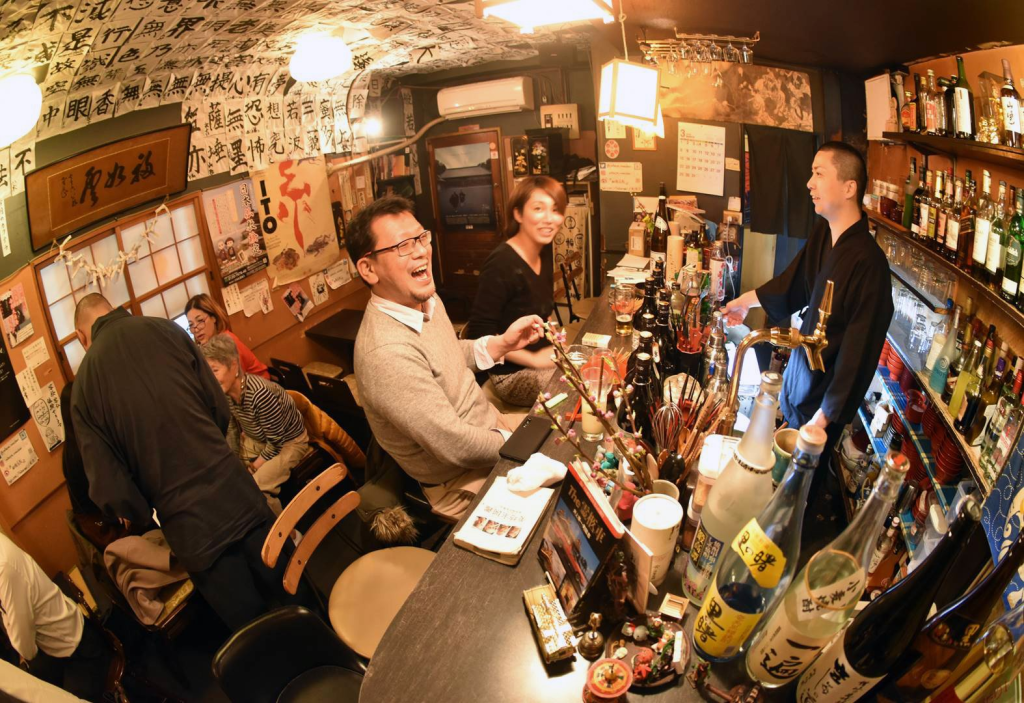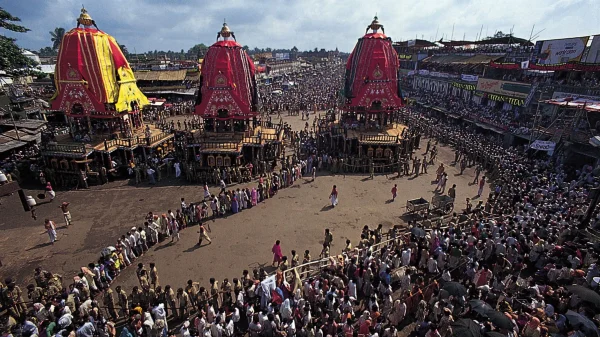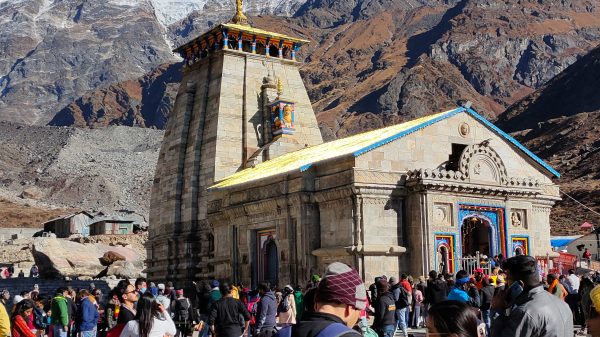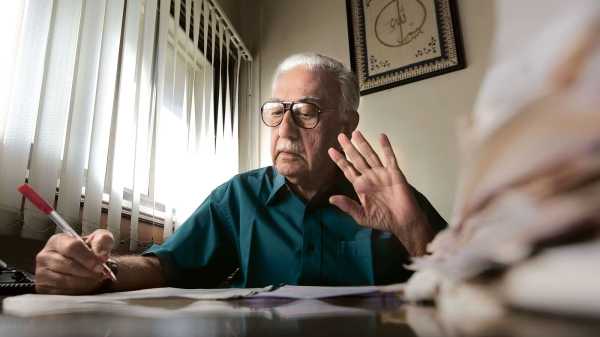Grapes and bottles are offered at the altar. A small shrine houses Yakushi Nyorai’s antique cherry-wood statue with his famous bunches.

A Buddhist temple is located on a hillside of Japan. Wine bottles and grapes are offered to the gods.
It is officially called Daizenji. But, because of its deep roots in the history of grape cultivation in the country, it has been nicknamed “grape temple”.
Daizenji can be found in the Yamanashi, about 100 kilometres (60 mi) west of Tokyo. It is known as the home to Mount Fuji, but also as Japan’s top wine-making region.
“At other temples you can get sake. But here we have wine. It’s a rare thing in Japan,” Tesshu Inoue 75, the head monk recounted the mythic origins to AFP.
Gyoki, a Japanese Buddhist monk, was said to have met Yakushi Nyorai (known in Japanese as Yakushi Nyorai) in a dream on the spot where the temple is today in 718 AD.
Nyorai was holding a bunch grapes in his hands. Gyoki founded Daizenji to establish local vineyard culture and teach Yamanashi residents how they can make wine for medicinal purposes.
According to another legend, Kageyu Amiemiya, a Japanese farmer, was the first one to cultivate grapes in Japan. This happened in the same area, but more than 450 year later in 1186.
An analysis of DNA has revealed that koshu is the oldest grape variety in the mountainous area. It is a mix of a European vine species and a wild Chinese plant.

It could have been following the Silk Road from China to Japan, in the same way that Buddhism established itself as a religion in Asia.
Yamanashi’s koshu valley website, supported by local chambers of commerce suggests that seeds or vines may have been planted in temple grounds and then discovered by chance.
Wine production began in Japan only during the Meiji era, 1868-1912. This period saw a surge in Western interest.
Yamanashi is known for its fertile soil, long history in grape growing, and Daizenji is still surrounded with grapes that are grown on pergola structures.
Grapes and bottles are offered at the altar. A small shrine houses Yakushi Nyorai’s antique cherry-wood statue with his famous bunches.
The precious artifact of the temple is the lacquered sculpture decorated with gold leaves. It is only displayed in public once every five years.
Daizenji also offers its own grapes and bottles bearing the name of the temple.
Inoue smiled and said, “Growing grapes, creating wine, it is a good deed.”
















